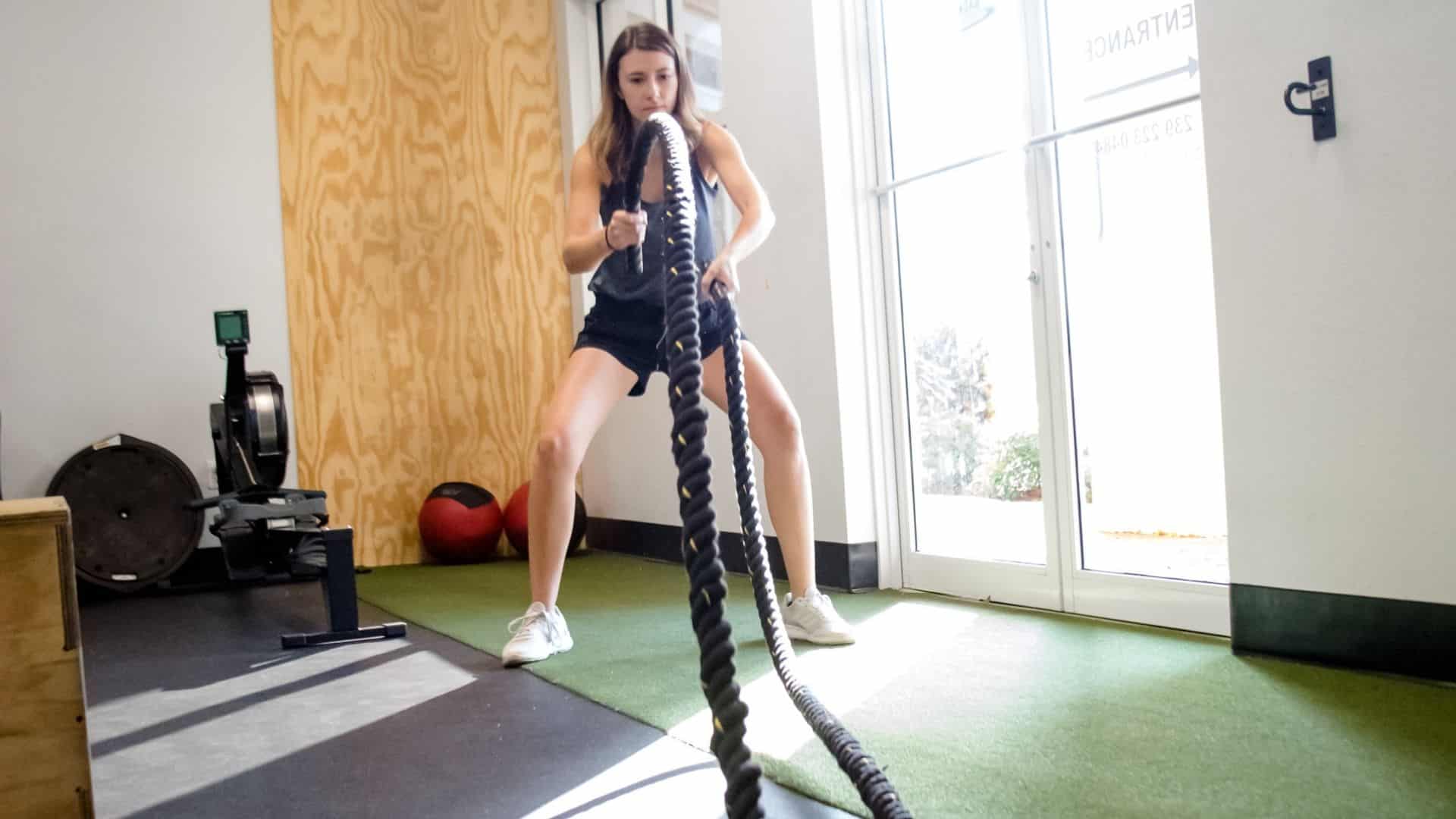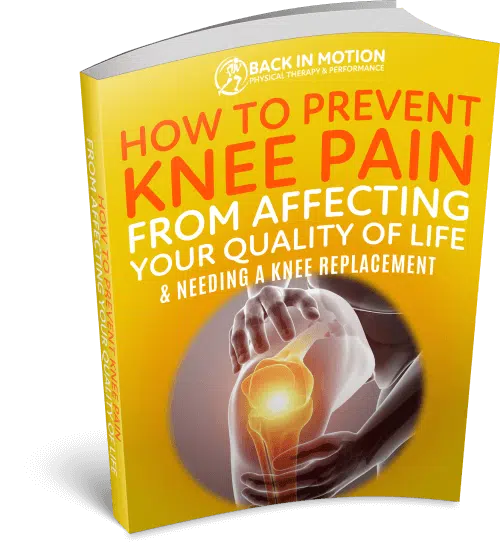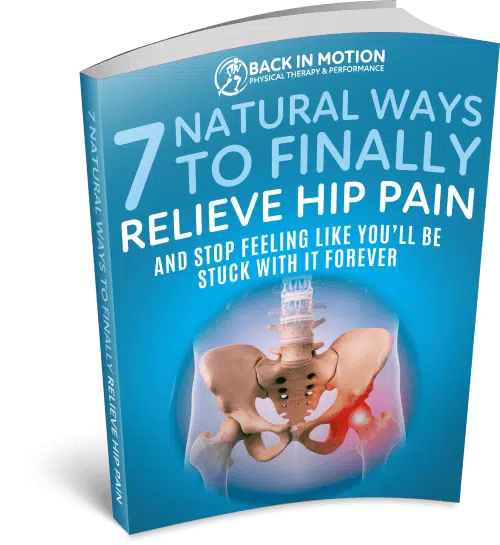How To Stay Fit While Recovering From an Injury
Whether you’re a professional athlete or you are just trying to build your body to stay fit, one thing that always seems to come your way is the injury associated with working out. The more you work out, the higher the strain on your body and the severe is the injury.
It is extremely important that you don’t overexert yourself doing workouts at these times and more importantly, don’t injure yourself more. But if you don’t work out, you run the risk of losing your shape and fitness and thus lose out on all the progress you’ve made so far.
So you need to be able to find the right balance between working out and staying rested to make sure you don’t lose your gains and don’t strain yourself more.
The Prescribed Method And The Do’s And Don’ts
Before you begin on any fitness exercises, you have to make sure your physician or your therapist is okay with it. And not just the idea of exercising, but actually talk to them about the different kinds of exercises that you plan to take up. It’s even better if your doctor is overseeing your exercise program. Because you never know what exercise can trigger the muscles that are injured.
It is common for you to try some other exercises because there’s no reason the other parts of your body need the rest while your injured part is recuperating, but consulting a physician is the best course of action for you.
The key is to maintain a balance of your tolerance and the exercise to make sure you stand well. Here are some injuries and what exercises you can do to stay fit while having them.
Ankle And Foot Injuries
Foot and ankle injuries require you to not place any weight on the injured leg. This can be quite challenging because you can’t even walk without placing any weight on your injured leg. But if your physician approves it and you can tolerate it, try getting yourself a rowing machine. Or, you could also use a stationary bike or go to swimming at least three times a week to make sure your fitness isn’t affected.
Some circuits to follow while dealing with ankle and foot injuries are:
- Chest press
- Lat pulldown
- Seated cable rows
- Leg extension machine
- Stability ball push-ups
- Ab “bicycle” crunches
- Overhead press
Leg & Knee Injuries
If ankle and foot injuries are one thing, leg and knee injuries are a whole other type of problem to deal with. Almost all exercise routines require flexion and extension of the knee joint and leg, so developing a new routine may be frustrating. Still, there are exercises that you can safely do with the approval of your doctor to maintain your fitness
Some circuits that you can do to help yourself during those recovering times are:
- Pull up or have assisted up
- Chest press
- Lat pulldown
- Overhead press
The Elbow And Shoulder Injuries
These are some of the lesser serious injuries compared to knee and foot injuries since all of your lower body is free to be exercised. Walking, stair climbing, hand freecycling, and other exercises are all possible and recommended when recovering from elbow and shoulder injuries.
Some circuits while recovering from elbow and shoulder injuries are:
- Moderate to intensive stationary cycle
- Leg press
- Ab Lunge
- Walking lunge
- Low back extensions
Low Back Injuries
Low back injuries are tricky and quite difficult to heal from. You should talk to your therapist and see what options you have and look to see if you can try them all. Try the following routines but only after having your doctor sign off on them.
Some circuits to practice while recovering from low back injuries are:
- Chest press
- Lat pulldown
- Overhead press and
- Leg extension machine
Be sure to follow a specific routine to ensure the least amount of strain on your injured part and maximum workout to your remaining body. All the above exercises can be done with the following routine effectively:
- Practice exercises 3 times a week with at least one day gap between each time.
- Only perform each exercise a minimum of 30 to 60 secs with at least 15 seconds of break time between sets to allow your body to cool off.
- Complete the entire circuit four times.
- Do warm-up before you start and perform non-weight-bearing cardio on the days that you have to rest.
Conclusion
Injuries can happen at anytime. However, it is important to ensure that you don’t aggravate your injuries with the wrong choice of workouts. Choose well, and take the help of a physical therapist to make the smart choices.
Even better, ensure that your fitness program or personal trainer works hand-in-hand with a doctor of physical therapy. At Back In Motion, unlike conventional fitness facilities, all of our programs are overseen by a Doctor of Physical Therapy to ensure your safety! If you’ve been injured and you want help recovering from a knee, back, or other shoulder injury in Cape Coral or Fort Myers – our physical therapy team in Cape Coral or Fort Myers can help.









